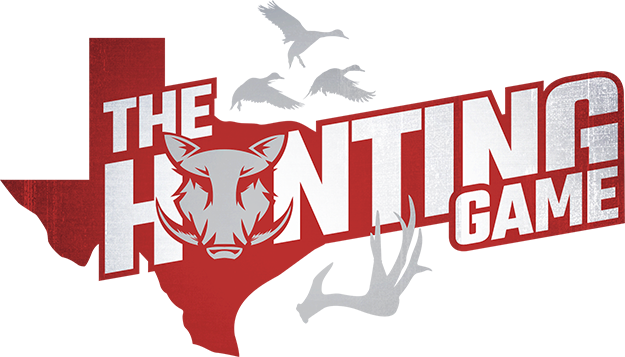I found this information on the Outdoor Channel’s website and was glad to find out a few new facts about Whitetail…
 Four-Chambered Stomach
Four-Chambered Stomach
Deer have a four-chambered stomach that allows them to digest tough plant foods. Deer eat quickly without much chewing of food. Later as they rest, they cough up their food and chew it.
Communication
Deer use their tails to communicate with other deer. If a deer senses danger, it will raise its tail as well as stomp the ground and snort by blowing air through its nostrils.
White Tails
Whitetail deer get their names from the white hair growing on the underside of their tail and belly. When a deer senses danger, it raises its white tail to warn other deer.
Vision
The deer’s eyes, which are located on the sides of its head, give it 310 degrees of vision without moving. However, this position of the eyes also makes it hard for a deer to focus on objects.
Antlers
A buck will use its antlers to establish dominance over other male deer and the right to mate with female deer or does.
Glands
Glands on the deer’s legs and feet leave a scent on the trail to help communicate with other deer.
Powerful Legs
A deer’s powerful legs allow it to run at speeds of up to 40 mph and jump fences up to 9 feet tall. A deer at a run can broad jump 30 feet.
Great Swimmers
Deer are powerful swimmers and will often swim to cross bodies of water. A deer can swim at up to 13 miles per hour.
Teeth
The deer’s teeth are designed to chew tough foods. Deer have incisors in the lower jaw for biting and molars for grinding up plants.
Adult Deer
A full grown deer will measure around 3 feet tall from the ground to the top of the back. A full grown white tail can weigh 200 plus pounds.
Age
Deer age can be determined by checking its teeth. Deer have baby teeth just like people and loose their baby teeth by 18 months old.
Buck Rub
Bucks mark their territory by removing bark from trees with their antlers. This is called a buck rub, or scrap.
Population
When free of predators and hunting pressure, deer can double in population every year. Just 2 deer when left alone can produce up to 35 deer in just 7 years.
Lifespan
Deer can live up to 11 years in the wild. If they don’t fall victim to a predator or hunter at this age their teeth start to wear out and they can no longer eat.
Artiodactyla
The whitetail deer are members of the order Artiodactyla, which means that they have hoofs with an even number of toes.
Hearing
Muscles in their heads allow deer to turn their ears in any direction without moving its head. Experts believe a deer’s hearing is so sensitive it can determine how far away a sound was made.
Herbivores
Deer are herbivores. They eat grass, leaves, stems, shoots, berries, herbs, acorns, mushrooms, wild fruit and agriculture crops like corn and soy beans.
Antlers
Only male deer or bucks grow antlers. Antlers are the fastest growing tissue on earth. A whitetail buck’s antlers can grow up to 1/2 inch per day.
Rack Size
The size, mass and number of points on a buck’s rack or antlers is determined by nutrition, age and genetics.
Population
The estimated nationwide population of the whitetail deer is believed to be 29 million strong up from around 500,000 in the early 1900s when unregulated commercial hunting threatened to eliminate deer all together.
Color Blind
Whitetail deer are believed to be completely color blind and have very poor depth perception.
Scent
A deer can detect odors several hundred yards away. A deer licks its nose to help keep it moist. The moist nose allows scent partials to stick to it, helping the deer to smell better.
Predators
Each year wolves kill over 40,000 whitetail deer nation wide. Other predators, like this coyote, account for an additional 60,000 deer killed.
“Buck”
The term buck comes from the American Frontier when the skin of a male deer was worth one dollar, or a buck.
Social
Deer are social animals and often move in herds dominated by an older female.
Fur
Whitetail prepare for winter by replacing their summer coat with a heavier winter coat. During a cold snap, they can make the hairs of their fur stand erect, which traps air near the skin and increases the insulation.
Compliments of The Outdoor Channel




